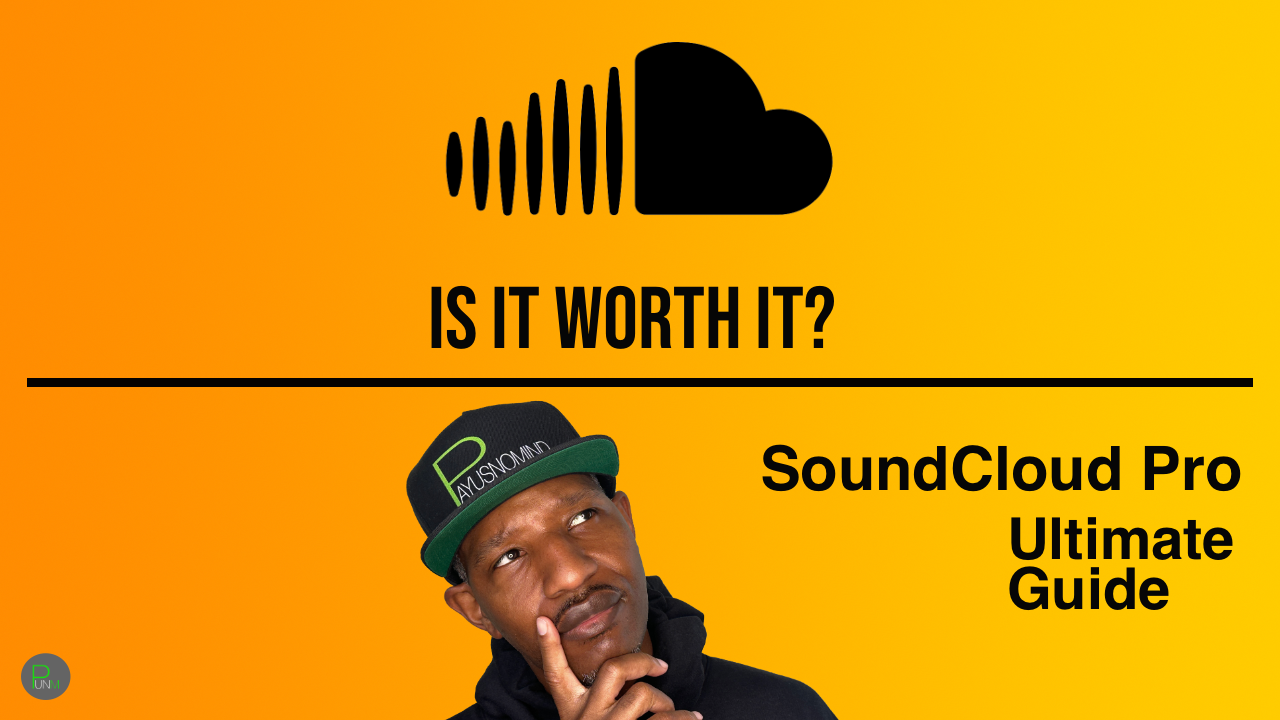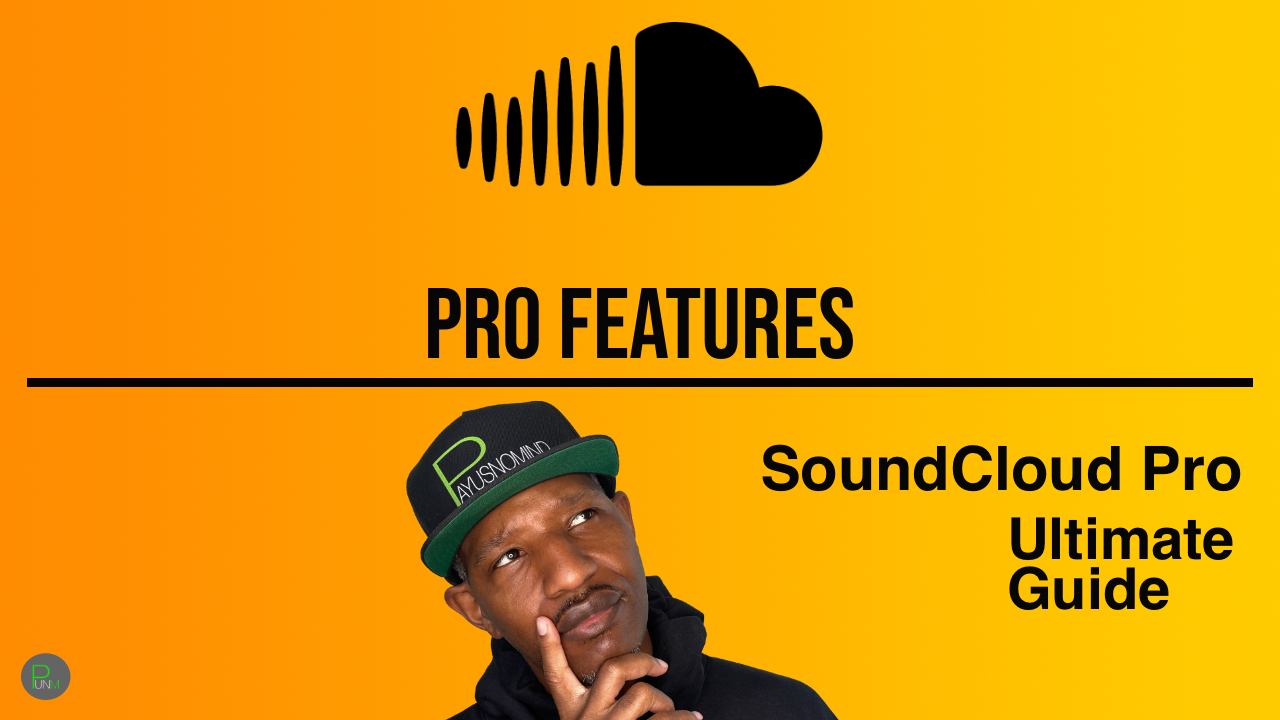SoundCloud Pro Fan-Powered Royalties: Why They Pay Artists More Fairly Than Spotify
Published on Nov 7, 2025
Free

Most streaming platforms pool their revenue and divide it by total plays. That system rewards whoever gets the most streams, not necessarily who has the most dedicated listeners.
SoundCloud’s Fan-Powered Royalties (FPR) flips that logic. It ties every dollar back to individual user behavior, letting smaller artists earn real money from loyal fans instead of competing against superstars for fractions of pennies.
[ Download the full PDF guide ] or [ Access full Online Version ]
Claim One Month Free of SoundCloud Pro
How Fan-Powered Royalties Work
SoundCloud separates two types of revenue:
1. Major Label & Distributor Streams – Paid through traditional, platform-wide splits.
2. Pro Artist Streams – Paid through fan-powered accounting.
If you’re a Pro artist, every listener’s subscription or ad revenue is divided only among the artists that the listener actually streamed.
Example:
If I pay $10 a month for SoundCloud Go and play 100 songs—50 of which are yours—you earn 50 percent of my contribution, or $5.
If I’m on the free plan and my activity generated $2 in ad revenue, you’d get $1 of that.
You’re no longer fighting for a share of some giant global pot. You’re paid according to your personal connection with each fan.
Why It Matters
In a typical pro-rata system, every stream competes with every other stream on the platform. One viral hit can drag down the value of everyone else’s plays.
Under SoundCloud’s model, one listener streaming you ten times this week is more valuable than ten strangers hearing you once.
It rewards fan intensity, not total volume.
The Math in Practice
Let’s say Spotify generated $1,000 this month. You earned 100 streams, and another artist earned 1 million. Your 100 plays equal 0.01 percent of all streams. You’d take home $0.10.
On SoundCloud, if I’m one of your fans and half my listening time is spent on your music, you’d get half of what I paid the platform, regardless of how many times Drake or Taylor Swift were streamed overall. If I’m paying $10 for go and I streamed two songs, one of which was yours, you earn $5 for 1 stream.
Your listeners’ loyalty directly shapes your payout.
The O.P.P. Problem
Spotify’s structure creates what I call an O.P.P. economy—Other People’s Profit.
Your fans’ subscription fees and ad views contribute to a global pool that primarily rewards whoever already dominates the charts. Even if your supporters listen daily, most of their money goes elsewhere.
SoundCloud removes that siphon. Your fans fund you.
The Catch
Fan-Powered Royalties rely on direct fan engagement. If most of your streams come from algorithmic or editorial playlists, you won’t earn much. Passive discovery doesn’t translate into payouts unless those listeners stick around.
This model rewards real communities - artists with audiences that choose them intentionally.
Comparing the Two Models
|
System |
Basis of Payment |
Who Benefits |
Downside |
|
Spotify (Pro-Rata) |
Platform-wide popularity |
Major artists & playlist acts |
Dilutes fan value |
|
SoundCloud (Fan-Powered) |
Individual fan activity |
Independent artists with loyal listeners |
Requires true engagement |
Long-Term Impact
Fan-Powered Royalties make SoundCloud the only major platform where cultivating a small, loyal fanbase can outperform chasing playlists.
A few hundred fans who stream you repeatedly can generate more income than thousands of passive Spotify plays.
For independent artists, that’s a fundamental shift - from popularity-driven income to relationship-driven income.
Conclusion
SoundCloud’s Fan-Powered Royalties reward what actually matters: genuine listening.
If your goal is to build a community instead of chasing algorithms, it’s one of the fairest streaming systems available.
Next in the SoundCloud Pro Guide: [ SoundCloud Pro Distribution → ]





